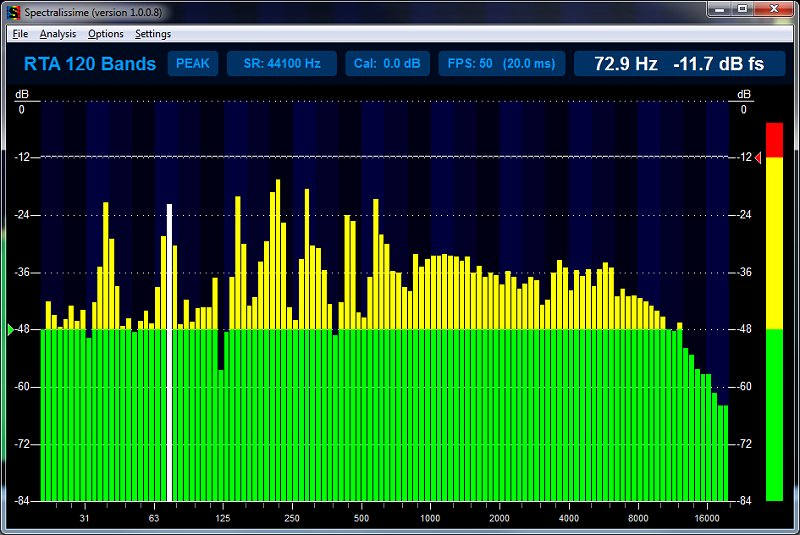I have mixed sound for years at my church, at festivals, and even for major touring artists, and I’ve received a lot of complements on my mix. For the longest time, I only had a basic understanding of how the console worked and how to do certain things to make it sound the way I wanted it. I admit that I didn’t fully understand how sound works. It wasn’t until I took the time to understand what sound really was, how it worked, and how to dissect what I hear that I was fully able to comprehend what I was doing to my mix and how to take my mixes to the next level. Now, this is not the most in depth information in this article, but starting here will give you a basic understanding of sound and will build a firm foundation for learning critical listening.
Let’s start with understanding wavelengths and frequencies. A wavelength consists of three things: a peak (compression), a trough (refraction), and a span of time. It takes one peak and one trough to create one cycle of a wavelength.
A frequency is determined by how many times a wavelength occurs within the measurement of a second, also referred to as cycles per second. Frequencies are measured in Hertz from 20 to 20,000 which is a reference to how many wavelengths are happening per second in that range. So, 100 Hz is 100 wavelengths per second. The more wavelengths per second, the higher the frequency (higher pitched sound); the fewer wavelengths per second, the lower the frequency (lower pitched sound). Each frequency relates to a pitch.

With this basic understanding of what makes up sound, we can now dive into the beginnings of critical listening. Have you ever heard of tuning a musical instrument to the key of “A 440?” That is a reference to the frequency 440 Hz. Take a look at a piano’s keys: each note across the keyboard equates to a frequency.

Now, frequency is an absolute value, but pitch is actually relative. That means we don’t always agree on the exact frequency that a pitch should be. Let me explain with some examples. The New York Philharmonic tunes A to 442 Hz, not to 440 Hz. In Europe, they tune mostly to 443 Hz, and in Cuba, they tune to 436 Hz. Is it still the pitch of an A note, yes, but the frequency is not the same. You might ask, “Why is this correlation between frequency and pitch important?” If you have issues with tones dominating your mix or resonance carrying in the room during a specific song, knowing the key to that song might help you pinpoint problematic frequencies.

After all this information, you also may be asking, “Isn’t this article about critical listening? All this information is well and good, but how do I apply it and train my ears to quickly identify frequencies/pitches?” Well, there are several ways you can start. There are many apps and websites out there that will play individual frequencies that you can use to test your ears or learn to hear and define which tones you are hearing. I’m not going to recommend any here, but there are so many different options available. You can check your app store or search online for tone generators or frequency ear training and see what comes up and works for you. You can also sit down behind a piano and hear what frequencies match specific notes by using a tuner app on your phone that also shows you the frequency. This will help you define or recognize troubling frequencies within your mix as soon as you hear them. As I mentioned earlier, even knowing what key a song is in could also help you if you have trained your ears and mind to match pitches to frequencies. Utilizing a real time analyzer (RTA) can help give reference to what frequencies are standing out across the frequency spectrum you are hearing, and this is yet another tool or app that is great to have running while you mix. There is also RTA software out there, and many digital consoles have RTA already built in these days. Seeing what’s happening across the frequency spectrum in real time will help you identify ranges of frequency that are dominating or lacking in your rooms or spaces.
This article may be a simple one, but it helps if we start with the basics. There will be more articles coming out soon where we will continue to break down the frequency spectrum into sections, give you some frequently used terms for those sections, and giving you more ways to take that information to your console and critically think through your mixes.